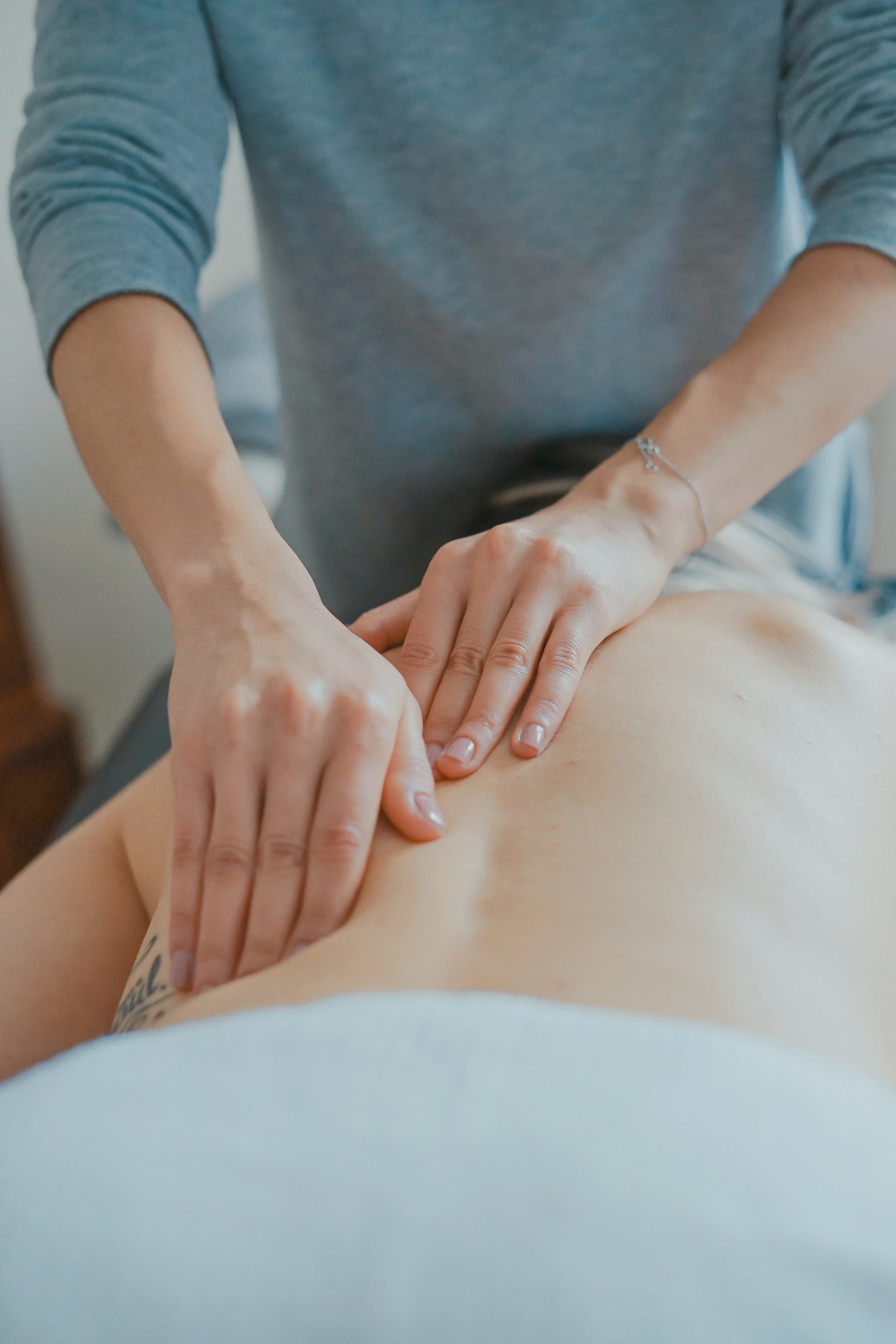Loss of balance, slips, and stumbles are very common falls, especially among the elderly. They can have serious consequences for the victim’s health and can be impressive both for you as a witness and for the victim. But should you come to the aid of the person in distress after the fall, or should you wait for help to arrive? So, without further ado, let’s dive into this blog and answer this question below so that you know how to handle such a situation.
The first reflexes to have when faced with a fall

The first reflex you should adopt in any type of situation is securing the accident site by moving it away from danger. This is to avoid a possible over-accident. In addition, you must always take into account the keywords of the conduct to hold in terms of first aid, including Protect, Examine, Alert or have alerted the emergency services, and Rescue.
Therefore, it is forbidden to immediately relieve the victim. Take the time to assess the victim’s general condition after the fall:
Check the victim’s state of consciousness by talking to him or her in order to deduce whether or not the person is conscious. To do this, ask him/her a few simple questions to assess the severity of the accident: “Can you hear me?”, “If you can hear me, give me a sign and squeeze my hand” “Are you in pain in any of the areas?
Depending on the answers to these questions, you can then continue your diagnosis by checking to see if the victim has any injuries, bleeding, or if they have come out unharmed. The next step in your diagnosis will depend on whether or not you witnessed the accident.
What to do if you witness a fall?
In case you saw the person fall, don’t forget the first five first aid procedures we discussed earlier. If the victim remains conscious, remember to ask if he or she is in any pain and if he or she is able to get up.
1. If the person cannot get up by himself

You should call for help immediately and administer first aid if you are able to do so. Listen carefully to the person’s complaints and, depending on his or her condition, help him or her get into a comfortable position or immobilize him or her. Monitor the person and keep them warm with a blanket until the ambulance arrives.
2. If the person tells you that they are able to get up
You should take the following steps without having to rush:
-
- Bring a chair close to the person, and help him or her roll onto his or her side. Then bend the person’s upper leg and help him or her into a semi-sitting position.
-
- Stand behind the victim, making a firm grip on the pelvis. Then help him/her to kneel, leaning on the chair.
-
- Once the person kneels with their hands on the chair, ask them to put their strongest leg forward. Do not hesitate to guide the person’s leg.
Help the victim stand up, still holding a firm grip on the pelvis. Then turn the victim around and help him/her sit in the chair.
React correctly to a fall you did not see

In case you did not see the person fall, ask them to remain strictly still and leave them in the position you found them. Do not try to lift or move the person until help arrives unless the person is in danger. Keep the person warm and close to their head, reassuring them that everything will be okay. Make sure the victim is transported to the hospital by a medical vehicle.
Sound off in the comments section below and tell us what you want to read next and if you want to read more about helping a person in trouble.


